Wetlands in Punjab

Punjab Wetlands
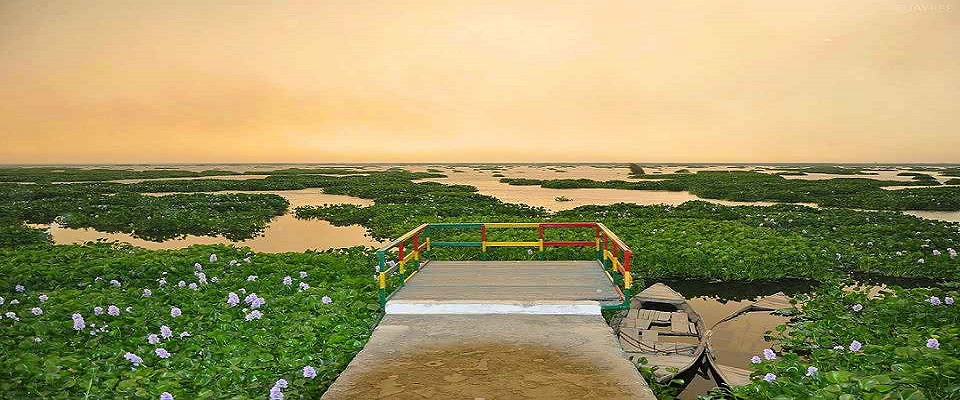
Wetlands in Punjab

Punjab Wetlands

Wetlands
The most productive ecosystem, Wetlands due to their characteristics of cleansing the environment and balancing the water retention of the land are nature’s blessings. Wetlands are the integral part of larger landscapes providing incredible benefits to the environment and human beings.
Wetlands in India can be found in different geographical regions ranging from Himalayas to Deccan plateau. Numbering about 67,429, these wetlands cover 4.1 million hectares of area. Presently, there are 37 wetlands of international importance in India. Giving boost to conservation of aquatic biodiversity in Punjab, the state has a total of six wetlands of international importance which is the highest in the region with several other wetlands. These wetlands provide habitat to diverse flora and fauna including some rare and globally threatened species and attract thousands of migratory birds from various parts of the world during winters.
The Wetlands of Punjab can be categorized into following types according to their importance:
1. Wetlands of International Importance
2. Other Wetlands
Wetlands of International Importance
Punjab has a total of six wetlands which have been designated as wetlands of international importance. These are Harike Wetland, Ropar Wetland, Kanjli Wetland, Keshopur – Miani Community Reserve, Beas Conservation Reserve and Nangal Wildlife Sanctuary.
Harike Wetland
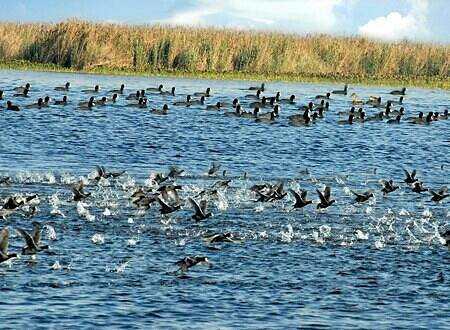
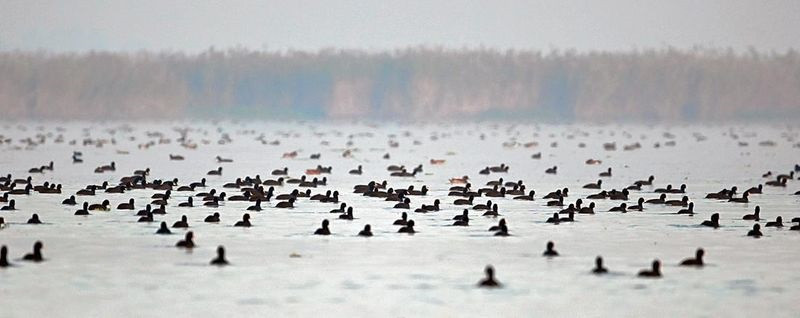 Location: 68 km from Tarn Taran Sahib
Location: 68 km from Tarn Taran Sahib
Facilities Available: Interpretation Centre, Nature Trail, Bird Watch Towers, Bird hides, boating facility, Observation Deck (specially-abled persons can also use the deck), Battery operated vehicles, Cafeteria.
Nearby Tourist Destinations: Amritsar (94 km), Kapurthala (35 km). Faridkot (84 km).
One of the largest man-made freshwater wetlands in Northern India, Harike Wetland is spread into three districts of Punjab – Tarn Taran, Kapurthala and Ferozepur. It came into existence in 1952 with the construction of a barrage at the confluence of the rivers Sutlej and Beas. A spectacle of nature, Harike Wetland is spread across 4100 hectares, drawing birds and bird lovers from different parts of the world. A perfect refuge for someone looking to escape from the bustling metros and chaos of the city life, at Harike Wetland you can catch a glimpse of winged beauties in their natural habitat and go for a nature walk.
A HOME TO BIRDS – – – – A PARADISE FOR US
Ropar Wetland
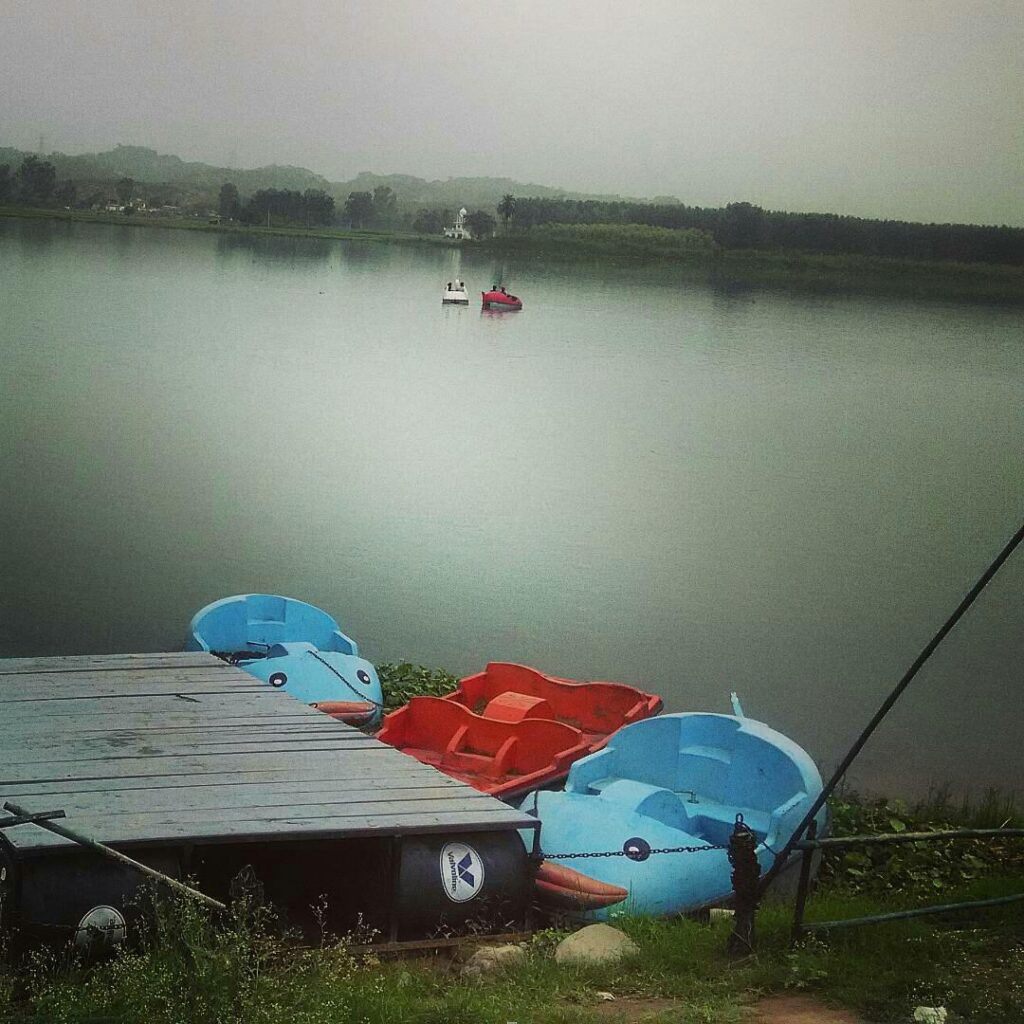
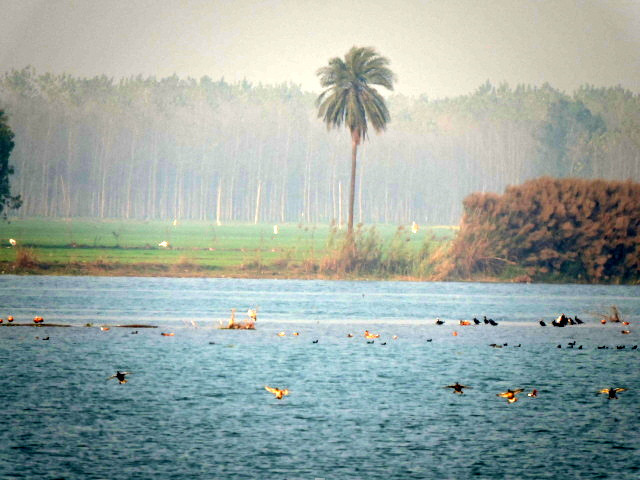
Location: 8 km from Ropar
Facilities Available: Interpretation Centre, Bird Watch Towers, Board Walk, Cafeteria, Nature Trail. Nearby Tourist Destinations: Anandpur Sahib (36 km), SAS Nagar Mohali (47 km), Chandigarh (51 km), SBS Nagar (47 km). An important ecological zone located in the Shivalik foothills of the Lower Himalayas, Ropar Wetland is a man- made freshwater wetland. Ropar Wetland is spread across 3,370 acres (1,365 hectares) and is home to more than 150 species of birds, animals and aquatic life. It is a popular tourist attraction for bird watching. The area has at least 9 mammals, 154 species of birds (both migratory & resident) 35 species of fishes, 9 Arthropods, 11 Rotifers, 9 Crustaceans and 10 Protozoans species.
Keshopur – Miani Community Reserve
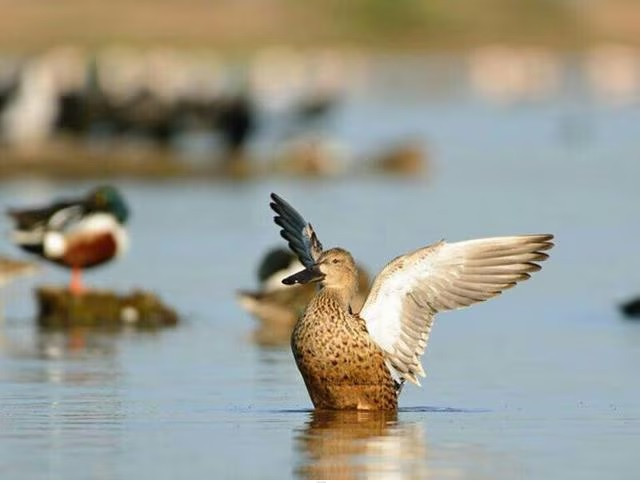
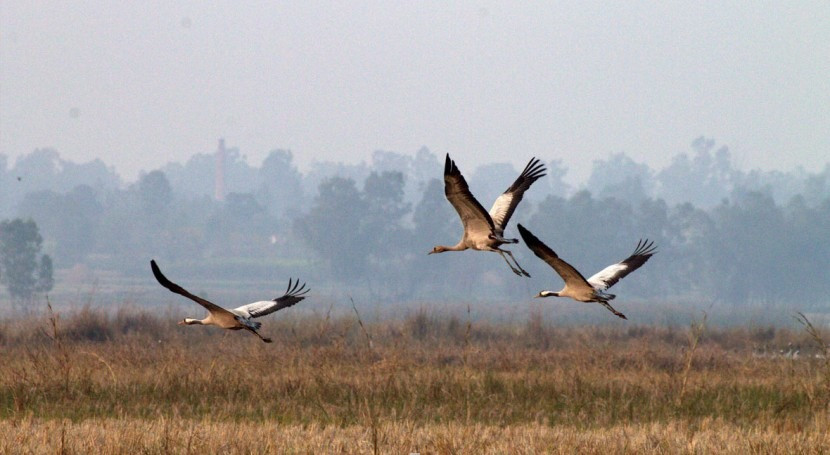
Location: 6 km from Gurdaspur.
Facilities: Interpretation Centre, Nature trail, Bird watch towers, Bird hides. Nearby Tourist Destinations: Gurdaspur (6 km), Amritsar (81 km), Pathankot (46 km). Spread over an area of 850 acres of marshy land, Keshopur – Miani Community Reserve is India’s first notified community reserve under the Wildlife Protection Act 1972. It is also said to be as the only major natural wetland in the state of Punjab, attracting thousands of migratory birds from Central Asia and Siberia during winters. It is a paradise for vulnerable species of birds like the Sarus Crane, Common Pochard, Wooly-necked Stork, and greater Spotted Eagle.
Kanjli Wetland
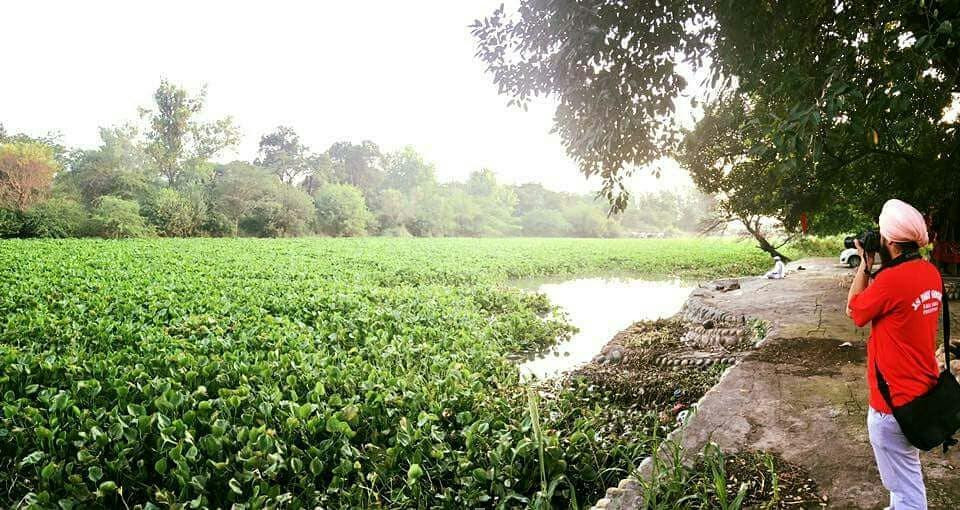
Location: 4 km from Kapurthala town
Nearby Tourist Destinations: Kapurthala 17 kml, Sultanpur Lodhi (38 km), Kartarpur (17 km). A popular site for picnic and bird watching, Kanjli Wetland is located on the rivulet holy Bein, near Kapurthala district in Punjab. This wetland is a home to about 92 species of birds besides several other kinds of mammals, amphibians and fishes. Kanjli Wetland was declared as a site of international importance by the Ramsar Convention in 2002, due to its rich biodiversity consisting of aquatic, mesophytic, and terrestrial flora and fauna. The marnmals found in the Kanjli wetland are Indian civet, mongoose, Indian porcupine, squirrel, and common Indian hare.
Nangal Wildlife Sanctuary
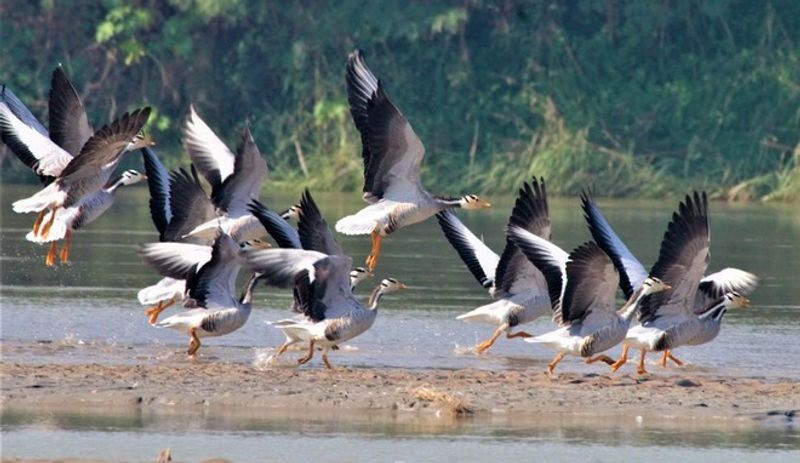
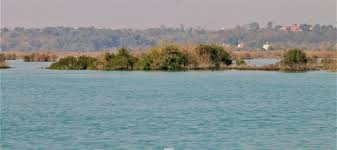
Location: 15 km from Anandpur Sahib City Nearby Tourist Destinations: Anandpur Sahib 125 km), Chamkaur Sahib (77 km)
A unique wetland on account of its pristine blue-green water which is an excellent habitat for migratory as well as resident birds and other aquatic ecosystem, Nangal Wildlife Sanctuary is a perfect mixture of hilly terrain and plain land. with a huge water body covering a good number of trees, grasses and shrubs. The Nangal Wildlife Sanctuary came into existence with the completion of the Bhakra and Nangal Dams in 1963. Like Harike and Ropar Wetlands, it also draws sustenance from the river Sutlej. Nangal Wildlife Sanctuary invite numerous species of migratory birds including the Greater Spotted Eagle, Common Pochard, Pallas’s Fish Eagle, Painted Stork, Egyptian Vulture, and Black-bellied Tern. Apart from these species, other species like the endangered Indian Pangolin, Hog Deer, Vulnerable Leopard and Indian Rock Python have also been sighted here. It was declared as a Wildlife Sanctuary on August 10, 2009 and Ramsar site in 2013,
Beas Conservation Reserve
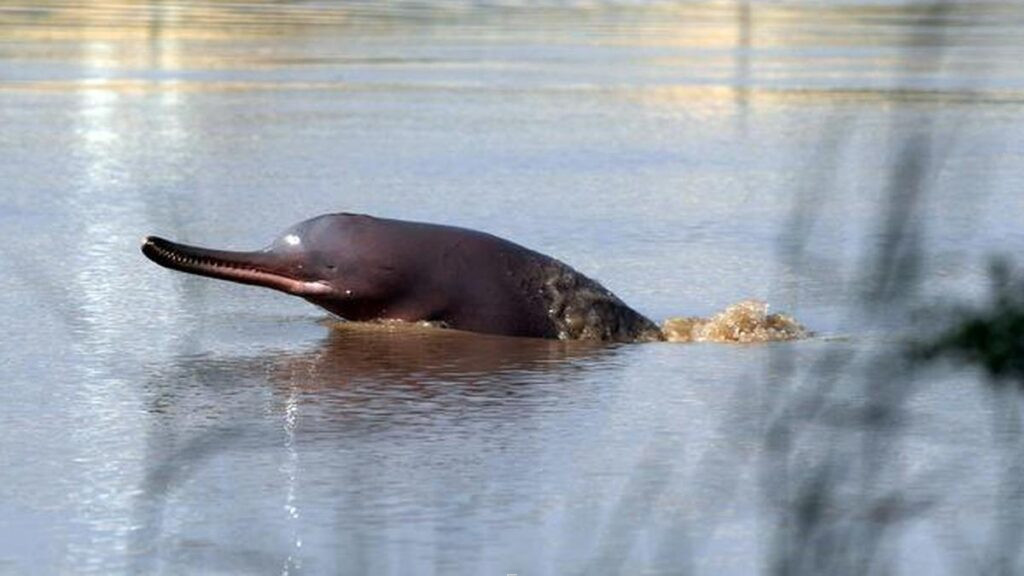
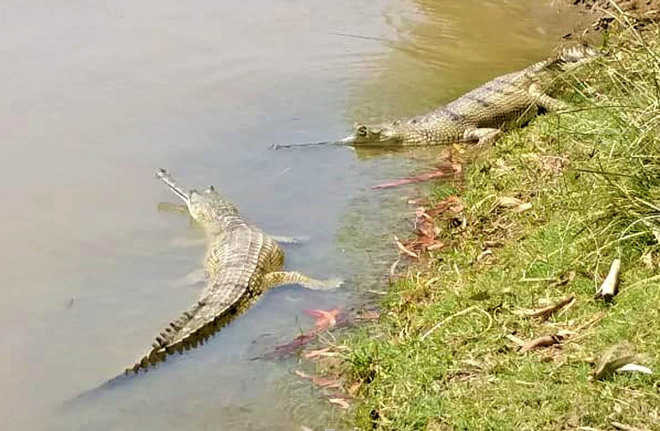
Nearby Tourist Destinations: Amritsar 159 kml, Pathankot 1150 km), Tarn Taran 133 km)
Located in the north-west of Punjab, Beas Conservation Reserve is about 185 km stretch of the river Beas, It is dotted with islands, sand bars and braided channels which create a complex environment supporting the substantial biodiversity. More than 500 species of birds and 90 fish species are found along the stretch of the river. It also hosts the endangered Indus River Dolphin, with other threatened species like the endangered masheer, the hog deer and the vulnerable smooth-coated otter. Recently. 47 critically endangered Gharials have been reintroduced into the river Beas.
Other Wetlands
Ranjit Sagar Wetland
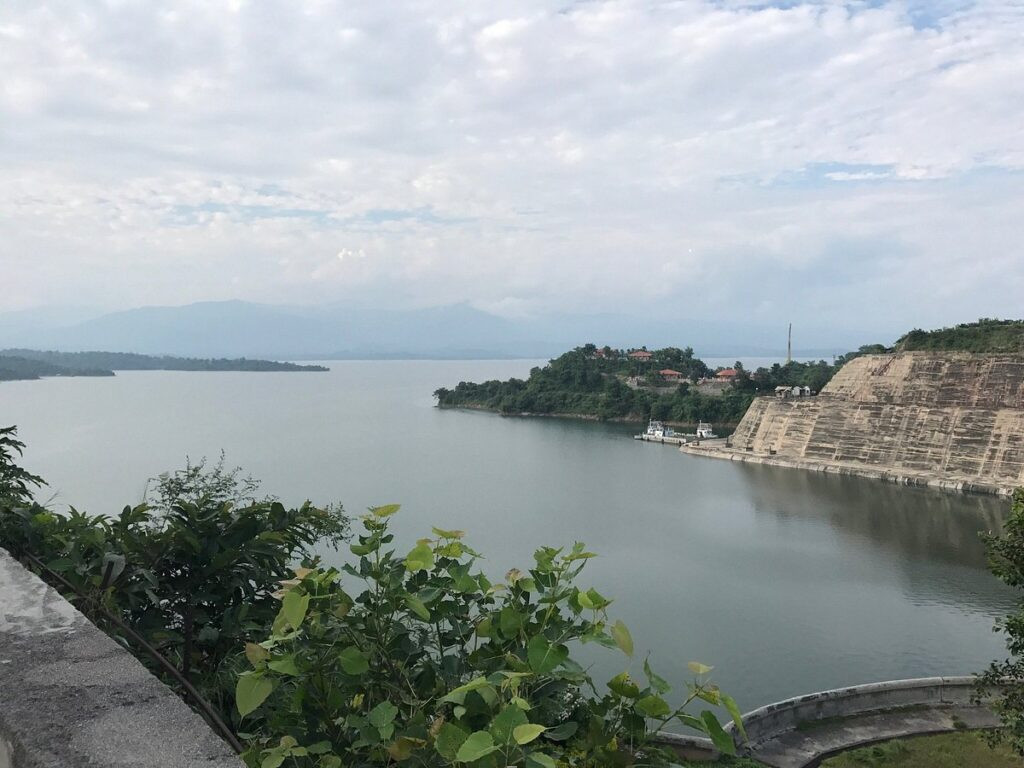
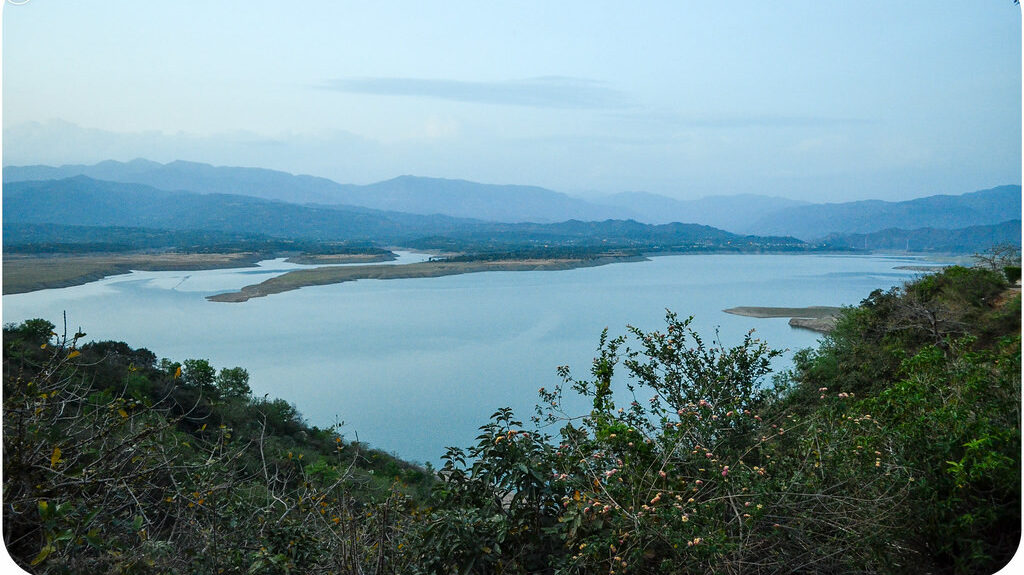
Location: 62 km from Pathankot
Nearby Tourist Destinations: Pathankot (28km), Gurdaspur (65km). An important ecological zone falling in the Shivalik Hills, Ranjit Sagar Wetland of national importance covers a total area of around 87 sq.km and is one of the largest wetlands in North India. Ranjit Sagar Wetland is home to over 22 different species of fishes and 150 different species of birds (both migratory and resident). Three different species of endangered vulture, the red headed vulture, the white Rumped Indian vulture and the long-billed vulture are also found here. Ranjit Sagar Wetland also supports many terrestrial animals as well, like the Neelgai, Leopard and Barking Deer.
Kali Bein Conservation Reserve
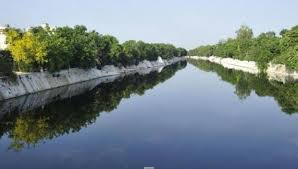
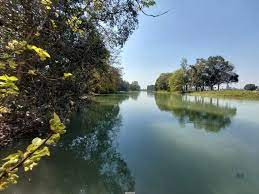 Kali Bein, which originates near Mukerian in Hoshiarpur district, is also regarded as a Holy bein. It is believed that Sri Guru Nanak Dev Ji, founder of Sikhism, attained enlightenment in this holy bein during his stay in Sultanpur Lodhi in Kapurthala district. It was here Sri Guru Nanak Dev Ji delivered a message of universal brotherhood by preaching that ‘na koi hindu na hi musalman’. Kanjli wetland is also situated on this bein which came into formation in 1870 with the construction of head regulator on the rivulet. The State Government has declared Kali Bein as a conservation reserve due to its ecological, floral and faunal significance and to mark the historic 550th birth anniversary celebrations of Sri Guru Nanak Dev Ji. The conservation reserve is spread over an area of 520.824 Acres falling in 29 villages.
Kali Bein, which originates near Mukerian in Hoshiarpur district, is also regarded as a Holy bein. It is believed that Sri Guru Nanak Dev Ji, founder of Sikhism, attained enlightenment in this holy bein during his stay in Sultanpur Lodhi in Kapurthala district. It was here Sri Guru Nanak Dev Ji delivered a message of universal brotherhood by preaching that ‘na koi hindu na hi musalman’. Kanjli wetland is also situated on this bein which came into formation in 1870 with the construction of head regulator on the rivulet. The State Government has declared Kali Bein as a conservation reserve due to its ecological, floral and faunal significance and to mark the historic 550th birth anniversary celebrations of Sri Guru Nanak Dev Ji. The conservation reserve is spread over an area of 520.824 Acres falling in 29 villages.